Transcription of 3-Phase BLDC Motor Control with Sensorless Back …
1 Freescale Semiconductor AN1914. Rev. 1, 11/2005. Application Note 3-Phase bldc Motor Contents Control with Sensorless 1. Introduction ..1. back EMF Zero Crossing 2. DSC Advantages and Features ..2. 3. Target Motor Theory ..4. Detection Using 56F80x 4. System Design Concept ..12. Design of 3-Phase bldc Motor Control 5. Control Technique ..16. Application Based on the Software Development Kit 6. 29. Libor Prokop, 7. SW Design ..33. Leos Chalupa 8. SDK Implementation ..46. 1. Introduction 9. PC Master 48. This Application Note describes the design of a 3-Phase 10. Controller Usage ..48. Sensorless bldc Motor drive with back -EMF Zero Crossing. It is based on Freescale's 56F80x family dedicated for Motor 11. Setting of SW parameters for other Control applications. Motor kits ..49. The concept of the application is that of a speed-closed loop drive using back -EMF Zero Crossing technique for position detection.
2 12. References ..54. It serves as an example of a Sensorless bldc Motor Control system using a Digital Signal Controller (DSC) and SDK support. It also illustrates the usage of dedicated Motor Control on chip peripherals, software drivers and software libraries that are included in the SDK. This Application Note includes a description of the controller features, basic bldc Motor theory, system design concept, hardware implementation and software design including the PC. master software visualization tool. Today more and more variable speed drives are designed into appliance products to increase product performance and system efficiency. The low dynamic drive, whereby the load or speed is changed quite slowly in comparison with the system mechanical time constant, is a solution for many common appliance applications because simple algorithms can perform the Control tasks.
3 Moreover, the necessary computing power can be Freescale Semiconductor, Inc., 2001, 2005. All rights reserved. DSC Advantages and Features minimized by using dedicated on chip peripheral modules (such as A/D converter, dedicated PWM outputs, input capture and output compare functions). Three phase Brushless DC ( bldc ) motors are good candidates because of their high efficiency capability and easy to drive features. The disadvantage of this kind of Motor is the fact that commutation of Motor phases relies on its rotor position. Although the rotor position is usually sensed by sensors, there are applications that require Sensorless Control . Benefits of the Sensorless solution are elimination of the position sensor and its connections between the Control unit and the Motor . The Sensorless rotor position technique detects the zero crossing points of back -EMF induced in the Motor windings.
4 The phase back -EMF Zero Crossing points are sensed while one of the three phase windings is not powered. The obtained information is processed in order to commutate energized phase pair and Control the phase voltage, using Pulse Width Modulation. This application note provides a fundamental mathematical method for modelling, torque calculation and Control concept of the presented drive. The drive was developed in order to address simple applications ( pumps, compressors, ) within certain ranges of speed and load. Results from simulation show the drive behavior at different working conditions and better explain the drive strategy. 2. DSC Advantages and Features The Freescale 56F80x family is well suited for digital Motor Control , combining the DSP's calculation capability with MCU's controller features on a single chip.
5 These devices offer many dedicated peripherals like a Pulse Width Modulation (PWM) module, Analog-to-Digital Converter (ADC), Timers, communication peripherals (SCI, SPI, CAN), on-chip Flash and RAM. Generally, all family members are well suited for Motor Control application. The 56F805 device provides the following peripheral blocks: Two Pulse Width Modulator modules (PWMA & PWMB), each with six PWM outputs, three Current Status inputs, and four Fault inputs, fault tolerant design with deadtime insertion, supports both Center- and Edge- aligned modes Two twelve-bit, Analog-to-Digital Convertors (ADCs) that support simultaneous conversions with dual 4-pin multiplexed inputs. ADC can be synchronized by PWM modules Two Quadrature Decoders (Quad Dec0 & Quad Dec1), each with four inputs, or, alternatively, two additional Quad Timers (A & B).
6 Two dedicated General Purpose Quad Timers totalling 6 pins: Timer C with 2 pins and Timer D with 4. pins CAN A/B Module with 2-pin ports used to transmit and receive Two Serial Communication Interfaces (SCI0 & SCI1), each with two pins, or four additional GPIO. lines Serial Peripheral Interface (SPI), with configurable 4-pin port, or four additional GPIO lines Computer Operating Properly (COP) timer Two dedicated external interrupt pins Fourteen dedicated General Purpose I/O (GPIO) pins, 18 multiplexed GPIO pins External reset pin for hardware reset External reset output pin for system reset JTAG/On-Chip Emulation (OnCE). Software-programmable, Phase Lock Loop-based frequency synthesizer for the core clock 3-Phase bldc Motor Control , Rev. 1. 2 Freescale Semiconductor Preliminary Table 2-1.
7 Memory Configuration 56F801 56F803 56F805 56F807. Program Flash 8188 x 16-bit 32252 x 16-bit 32252 x 16-bit 61436 x 16-bit Data Flash 2K x 16-bit 4K x 16-bit 4K x 16-bit 8K x 16-bit Program RAM 1K x 16-bit 512 x 16-bit 512 x 16-bit 2K x 16-bit Data RAM 1K x 16-bit 2K x 16-bit 2K x 16-bit 4K x 16-bit Boot Flash 2K x 16-bit 2K x 16-bit 2K x 16-bit 2K x 16-bit The bldc Motor Control greatly benefits from the flexible PWM module, fast ADC and Quadrature Timer module. The PWM offers flexibility in its configuration, enabling efficient Control of the bldc Motor . The PWM block has the following features: Three complementary PWM signal pairs, or six independent PWM signals Features of complementary channel operation Deadtime insertion Separate top and bottom pulse width correction via current status inputs or software Separate top and bottom polarity Control Edge-aligned or center-aligned PWM signals 15-bits of resolution Half-cycle reload capability Integral reload rates from one to 16.
8 Individual software-controlled PWM output Programmable fault protection Polarity Control 20-mA current sink capability on each PWM pin Write-protectable registers The PWM module is capable of providing the six PWM signals with bipolar switching (the diagonal power switches are driven by the same signal) and six-step bldc commutation Control where one Motor phase is left unpowered so the back EMF can be detected. The PWM duty cycle can be set asynchronously to the commutation of the Motor phases using the channel swap feature. The Quadrature Timer feature set is as follows: Four channels, independently programmable as input capture or output compare Each channel has its own timebase source Each of four channels can use any of four timer inputs Rising edge, falling edge, or both edges input capture trigger Set, clear, or toggle output capture action Pulse Width Modulator (PWM) signal generation Programmable clock sources and frequencies, including external clock 3-Phase bldc Motor Control , Rev.
9 1. Freescale Semiconductor 3. Preliminary Target Motor Theory The Quadrature Timer provides the capability to precisely Control the key Sensorless bldc events by providing the time base for zero crossing events and the output compare function for scheduling the commutation events. Dual Analog-to-Digital Converter (ADC) modules four inputs on each has the following feature set: Eight total analog inputs 12-bit range Monotonic over entire range with no missing codes First channel on each ADC can be swapped with the alternate ADC. Can perform two simultaneous analog-to-digital conversions Conversion time = us Contains programmable zero offset register Generates interrupt on completion of conversion Optional conversion interrupt is asserted when the analog voltage level exceeds, or falls below, the value contained in the zero offset register Output is in two's complement or unsigned formats The Analog-to-Digital Converter is utilized to measure DC-bus voltage, DC-Bus current and the power module temperature.
10 Its Hi/Lo level detection capability provides automatic detection of the over/under-voltage, over-current and over temperature protection (serviced in associated ISR). 3. Target Motor Theory bldc Motor Targeted by This Application The Brushless DC Motor ( bldc Motor ) is also referred to as an electronically commuted Motor . There are no brushes on the rotor and the commutation is performed electronically at certain rotor positions. The stator magnetic circuit is usually made from magnetic steel sheets. The stator phase windings are inserted in the slots (distributed winding) as shown in Figure 3-1 or it can be wound as one coil on the magnetic pole. The magnetization of the permanent magnets and their displacement on the rotor are chosen such a way that the back -EMF (the voltage induced into the stator winding due to rotor movement) shape is trapezoidal.
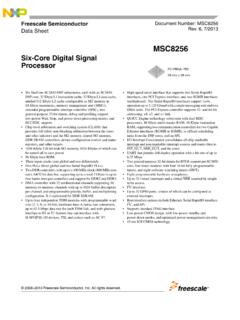





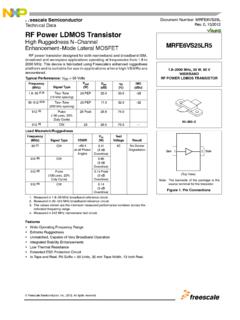
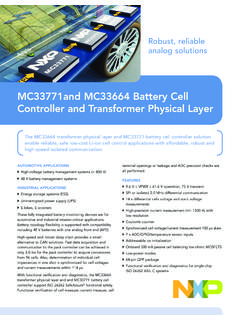
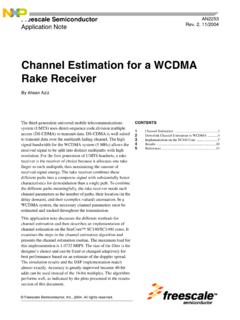

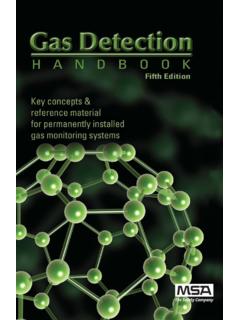
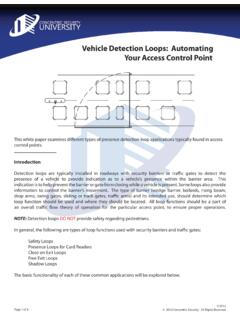
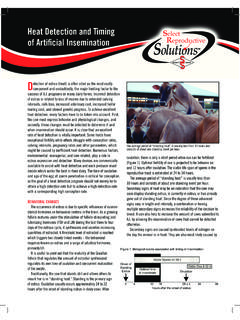
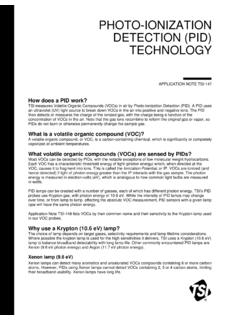
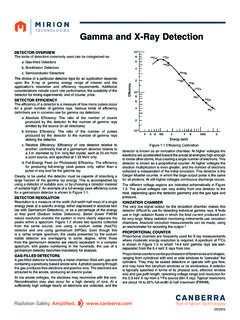
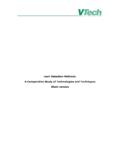
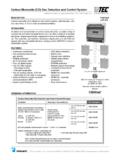
![Abstract arXiv:1506.02640v5 [cs.CV] 9 May 2016](/cache/preview/a/3/9/e/e/5/9/7/thumb-a39ee597b55a06b0e86e1cebc7152b1f.jpg)